
Mount Shilajit Pure Resin 100g



Eminence 50000mg Vegan Shilajit Capsules - 100Caps

Eminence 25000mg Vegan Shilajit Capsules - 100 Caps

Eminence 24000mg Shilajit Tincture 30ml

Eminence 18000mg Shilajit Tincture 30ml

Eminence 12000mg Shilajit Tincture 30ml

Eminence 7000mg Shilajit Vegan Gummies 350g

Eminence 3500mg Shilajit Vegan Gummies 350g




Mount Shiljit 30000mg Shilajit Capsules - 60 caps

Mount Shiljit 30000mg Ashwagandha & Shilajit Capsules - 60 caps
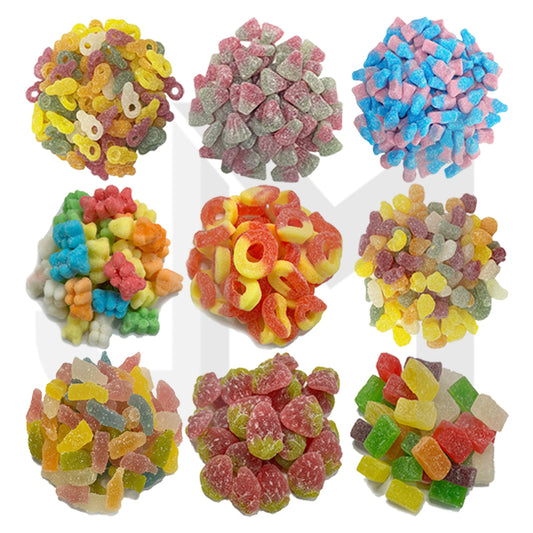
Bulk Pure Himalayan Shilajit Vegan Gummies - Max Strength
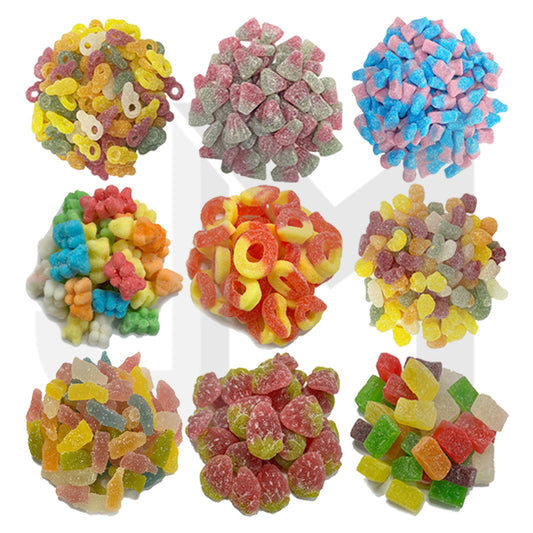
Bulk Pure Himalayan Shilajit Vegan Gummies - Standard Strength
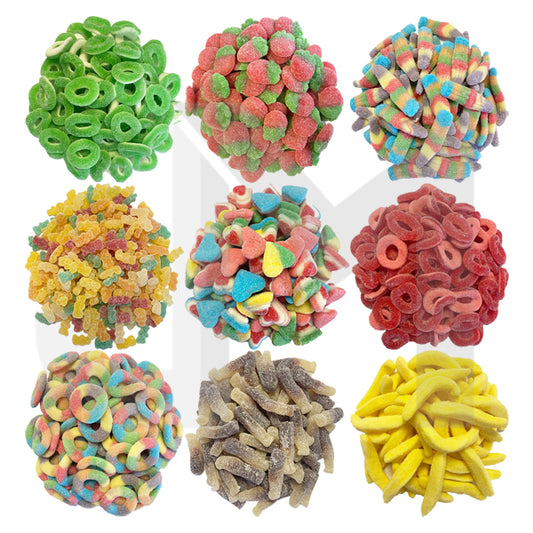
Bulk Pure Himalayan Shilajit Halal Gummies
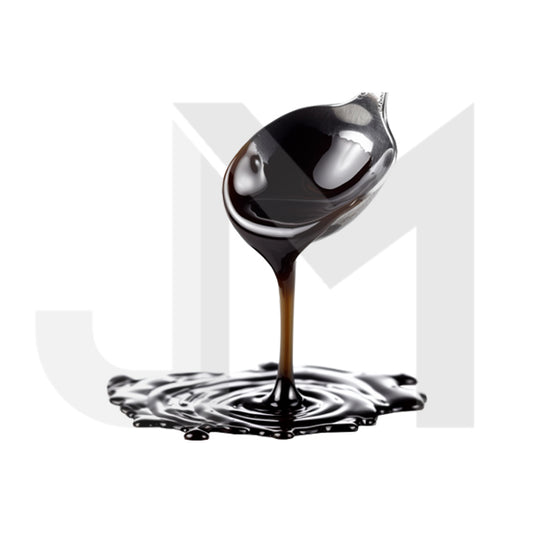
Bulk Pure Himalayan Shilajit Liquid Wholesale UK

Bulk Pure 500mg Himalayan Shilajit Capsules Wholesale UK
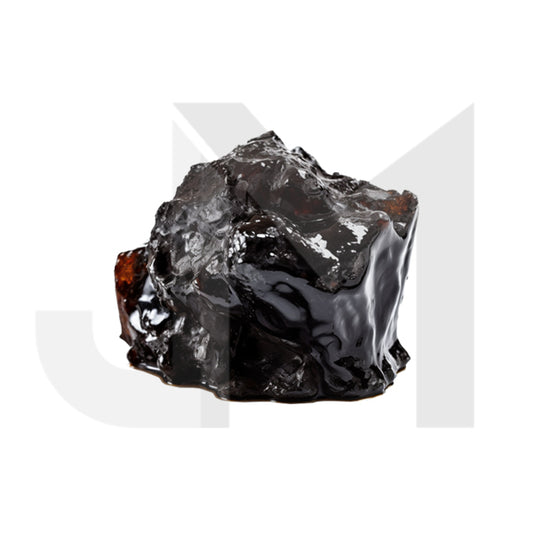
Bulk Pure 100% Himalayan Shilajit Soft Resin Wholesale UK
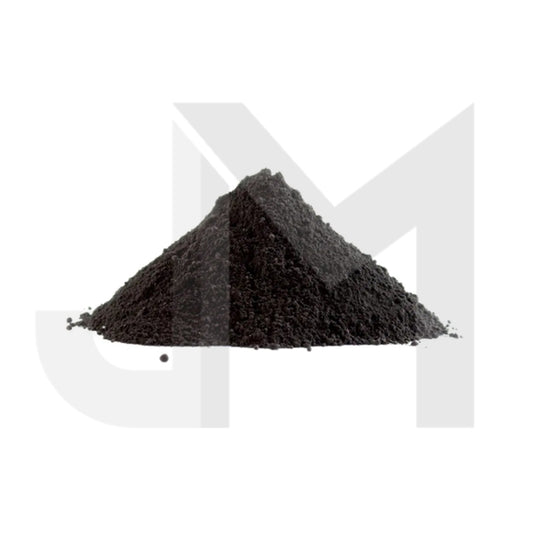
Bulk Pure Himalayan Shilajit Powder Wholesale UK
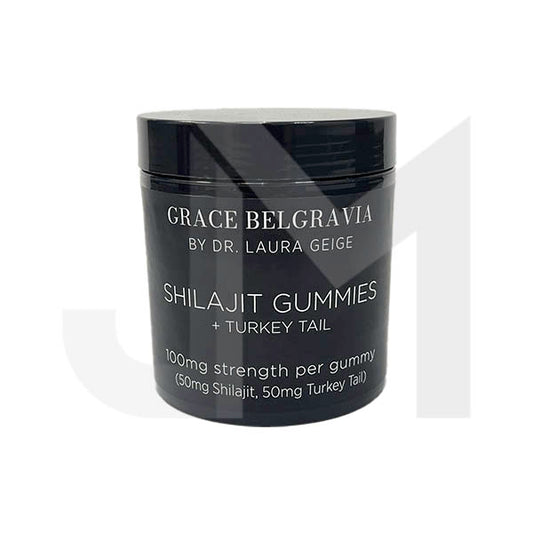
Grace Belgravia 7000mg Shilajit and Turkey Tail Vegan Gummy Bears - 350g

Grace Belgravia 7000mg Shilajit and Ashwagandha Vegan Gummy Bears - 350g
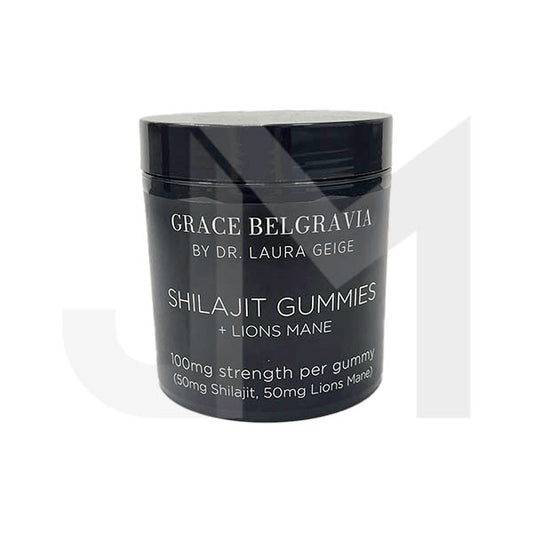
Grace Belgravia 7000mg Shilajit and Lion's Mane Vegan Gummy Bears - 350g
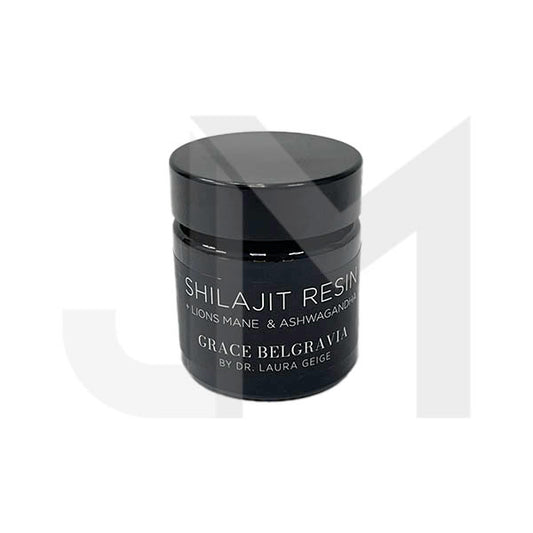
Grace Belgravia Pure Shilajit Resin with Lion's Mane and Ashwagandha - 30g
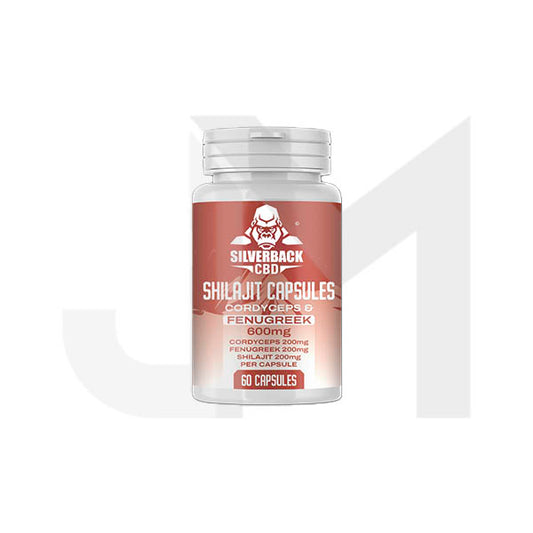
Silverback CBD 600mg Cordyceps + Fenugreek Infused Shilajit Capsules - 60 Caps
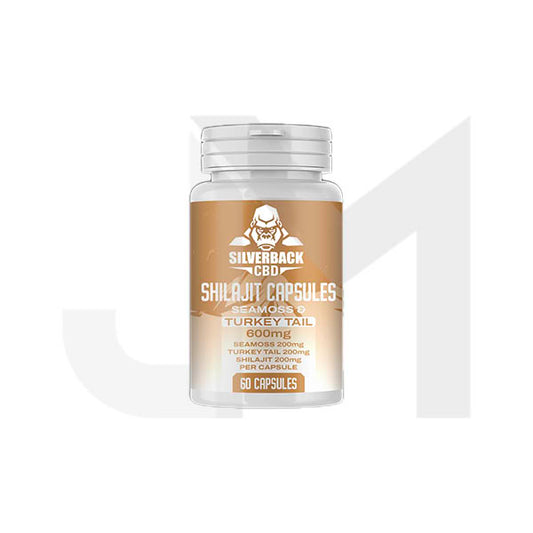
Silverback CBD 600mg Seamoss & Turkey Tail Infused Shilajit Capsules - 60 Caps

Silverback CBD Seamoss & Turkey Tail Infused Shilajit Resin 25g

Silverback CBD Cordyceps + Fenugreek Infused Shilajit Resin 25g

NTURE 15000mg Shilajit Capsules - 60 Caps

Feel Supreme Altai Shilajit Resin - 50g

Feel Supreme 24000mg Himalayan Shilajit Capsules - 60 Caps

Orange County 100% Pure Himalayan Shilajit - 50g
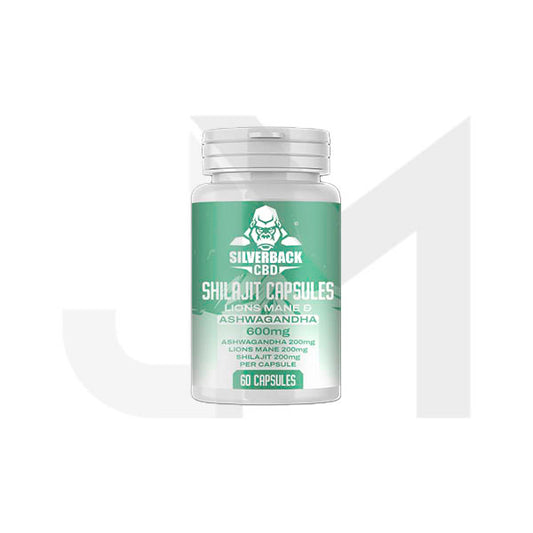
Silverback CBD 600mg Ashwagandha & Lion's Mane Infused Shilajit Capsules - 60 Caps
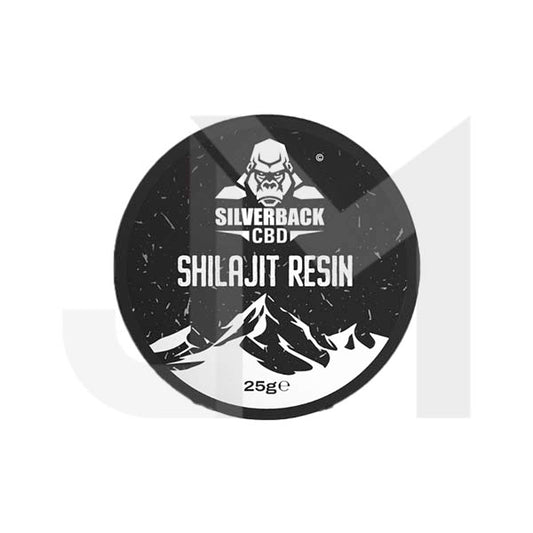
Silverback CBD Shilajit Resin 25g

Silverback CBD Ashwagandha & Lions Mane Infused Shilajit Resin 25g
Shilajit's origins stretch back to ancient civilizations, over 5000 years ago. It was recognized in Ayurvedic tradition as a "rasayana" or rejuvenator, with the power to increase longevity. This belief was so ingrained in the society of the time that it was incorporated into the ancient Indian texts, the Charaka Samhita and Sushruta Samhita, both of which are foundational treatises on Ayurvedic medicine.
Simultaneously, Shilajit's fame was not limited to India alone. It was revered in the ancient Persian medicine system too, where it was known as "mumijo". Just as in India, the Persians considered it a life-enhancing substance.
As we move into the medieval period, around the 5th to the 15th century, the use of Shilajit persisted. Scholars and naturalists like Al-Biruni and Avicenna documented the substance in their work, highlighting its therapeutic value. Avicenna, a Persian polymath, in particular, lauded Shilajit's benefits in his famous book, "The Canon of Medicine".
In the modern era, scientific interest in Shilajit has surged. Numerous studies were conducted throughout the 20th and early 21st centuries, mostly aimed at verifying its traditional uses with empirical evidence. Much of this research confirmed the presence of a variety of minerals and fulvic acid, which are believed to contribute to Shilajit's purported health benefits.
Into the late 20th and early 21st century, Shilajit gained popularity as a supplement in Western markets, though its use is still grounded in the principles of Ayurvedic and holistic wellness. Despite becoming mainstream, it retains its ancient mystique, standing as a testament to the wisdom of traditional medicinal systems that recognized its value centuries before modern science.
Shilajit, renowned for its rich nutrient content and perceived health benefits, is typically consumed orally, and it comes in a variety of forms to suit different preferences and lifestyles.
One of the most traditional ways to consume Shilajit is in its resin form, which is essentially its purest and raw form. This resin is a sticky, tar-like substance that is directly harvested from the rocks of the Himalayas and other mountain ranges. It's potent, and consumers are advised to start with a rice grain-sized portion, approximately 100mg, to gauge their body's initial response. It's then often mixed with a warm liquid - typically water or milk - before being consumed.
However, given the advent of modern extraction and preparation techniques, Shilajit is now also available in more user-friendly forms like powders and liquid extracts. Powdered Shilajit is popular due to its convenience and ease of use. It can easily be dissolved into a liquid or sprinkled onto food, making it a versatile option for incorporating into a daily health regimen. This is especially appealing for those who want to avoid the distinct, somewhat earthy taste of Shilajit resin.
Shilajit liquid extracts, on the other hand, are a more concentrated form of Shilajit. They offer the same purported benefits as the resin but in a more readily absorbable form. This format can be added to water, tea, or other beverages, making it a flexible and straightforward choice for those on the go.
Irrespective of the form in which Shilajit is consumed, the recommended frequency is typically one to three times a day, based on individual needs and tolerance. Users are always encouraged to start with smaller doses and adjust gradually, monitoring their body's reaction.
Shilajit is primarily intended for adult consumption. The complexities of its components, while beneficial for adults, can be intense for the developing systems of children, which is why it's generally not recommended for them.
Children's bodies are in the active stages of growth and development, and their nutritional and health needs are different from those of adults. Introducing potent substances like Shilajit into their system may not always be appropriate or safe.
Shilajit contains a small amount of phenylalanine, which is contraindicated for people with PKU (phenylketonuria). Pregnant or lactating women or those under a doctor's care should consult a healthcare professional before use.
The number of servings depends on the size of the container and the dosage used. A 10-gram container can last 1-3 months if used as recommended.
Shilajit, in its natural resin form, is indeed a substance that changes its consistency depending on the surrounding temperature. It becomes hard and brittle in cold temperatures, while warmer temperatures make it soft and pliable. This is a natural characteristic of Shilajit and does not necessarily indicate a problem with its quality or efficacy.
So, if you find that your Shilajit resin has become very hard, it's likely because it's been stored in a cooler environment. To soften it, a simple and practical solution is to warm it up. One effective way to do this is by carrying it in your pocket for a while. Your body heat will naturally warm the Shilajit, causing it to soften and become more manageable.
Remember, when handling Shilajit, it's always important to maintain clean hands and utensils to prevent any potential contamination. Also, while warming it up, ensure that it's not exposed to excessive heat, as this could potentially alter some of its beneficial properties.
There is no reliable standard measurement for fulvic acid percentages in Shilajit. Therefore, we do not usually provide a specific percentage as it varies naturally and can be misleading.
Yes, our Shilajit is both vegan and gluten-free.
The proper storage of Shilajit is crucial to maintain its potency and effectiveness. As you've rightly mentioned, Shilajit should be stored in a cool, dry place away from direct sunlight. This is because heat, humidity, and light can affect its properties and reduce its lifespan.
In its natural form, Shilajit is a sticky, tar-like substance. Excessive heat can cause it to become too soft and difficult to handle, while too much cold can make it hard and brittle. Therefore, maintaining a balanced, cool temperature is best for preserving its consistency.
Additionally, it's wise to keep Shilajit away from moisture as it can make it more susceptible to bacterial growth. To protect it from moisture, it should be stored in a well-sealed container, preferably the one it came in, as it would be designed for this purpose.
Lastly, although Shilajit is robust in its properties, it's best to store it away from direct sunlight. Prolonged exposure to sunlight can lead to the degradation of some of its vital components, which could affect its potency and effectiveness.
We stand behind the quality of our Shilajit products. If you're not satisfied with your purchase, please contact our customer service for information on returns and refunds.
Shilajit is a unique natural supplement, but its health benefits may overlap with several other types of supplements due to its broad spectrum of bioactive components. Here are a few examples of supplements that have some similar properties:
To successfully market and sell Shilajit products, it's essential for retailers to possess a thorough understanding of its properties, traditional uses, recent scientific studies, potential benefits, and safety concerns.
One of the first things to consider is sourcing a high-quality product. Shilajit's quality and potency largely depend on where and how it is sourced. Genuine Shilajit is traditionally harvested from high-altitude regions of the Himalayas and other similar mountain ranges. For this reason, it's vital to research the product's origin and ensure that the supplier can provide a certification of authenticity. JM Wholesale are happy to provide these for all products we stock.
Equally important is ensuring the purity and safety of the Shilajit. The product should be free from fillers, preservatives, or artificial ingredients. Furthermore, as heavy metal contamination can be a concern with natural substances like Shilajit, it's essential that the product has been tested and cleared for any potential contaminants. Retailers should not hesitate to ask for lab testing certificates to assure the product is safe for consumption.
Shilajit is typically sold in resin or powder form and sometimes in capsules. Each of these presentations has its own benefits and drawbacks. Retailers need to consider the preferences of their target customer base in deciding which form to stock. For instance, while the resin is considered more potent and closer to its natural form, powder and capsules can be easier and more convenient to use for customers.
Legal and regulatory considerations are paramount. Retailers must ensure that all aspects of the Shilajit product, including packaging, labelling, and health claim promotions, are in compliance with local and international regulations. This may also involve displaying warnings and disclaimers about potential health effects.
Storage and shelf life are other significant factors. Shilajit needs to be stored in specific conditions to maintain its potency – a cool, dry place away from direct sunlight. Educating staff and customers about these storage requirements is key.
As Shilajit may be a relatively unknown product to many consumers, investment in marketing and customer education will play a substantial role in its retail success. In-store displays, online content, and customer service interactions should all be leveraged as opportunities for educating customers about Shilajit's traditional and potential uses and benefits.
Given that Shilajit is a premium product, retailers should be prepared for high customer service expectations. Detailed product information, professional handling of queries, returns, or complaints will go a long way in building customer trust and satisfaction.
Pricing strategy also needs careful thought. The price of Shilajit can vary significantly based on its form, quality, and brand. Retailers need to balance between reflecting the premium nature of the product and what the target customer is willing and able to pay.
Conducting a competitor analysis can provide valuable insights for a successful Shilajit retail strategy. Understanding what other retailers are doing, the brands they carry, their prices, and how they market Shilajit can provide useful ideas and identify potential areas of competitive advantage.
Trust-building is also a critical aspect of selling niche, high-value products like Shilajit. Transparency about the product's source, quality checks, and lab test results can be instrumental in building this trust.
Finally, fostering a strong, long-term relationship with a reliable Shilajit supplier can help ensure consistent product quality and availability. Suppliers can also be valuable resources for product information and education, enabling retailers to better serve their customers. We look forward to hearing from you.
In terms of appearance, genuine Shilajit should have a glossy surface and a blackish-brown color. Though color can vary somewhat depending on the specific mineral composition and source, any significant deviation (such as a light color or opaqueness) could indicate a low-quality or adulterated product.
Shilajit's consistency also provides valuable clues. Genuine Shilajit is somewhat pliable at room temperature and softens when held in hand, becoming more tar-like. It hardens when cooled and softens when warmed. If the product doesn’t exhibit these characteristics, it may be adulterated.
The smell of Shilajit is another distinguishing factor. Genuine Shilajit has a distinct, sharp, somewhat smoky odor that’s reminiscent of burnt charcoal or tar. A lack of this smell, or the presence of a sweet or artificial odor, may indicate an adulterated product.
When a small amount of Shilajit is dissolved in warm water, it should completely dissolve without leaving any residue, forming a slightly cloudy solution. If the substance doesn’t dissolve completely, or if it forms clear rather than slightly opaque water, it may be counterfeit or of poor quality.
Shilajit also has a distinct, bitter taste, which is difficult to mask. If the product tastes sweet, salty, or distinctly earthy, it may not be genuine. However, taste should be used as a secondary test, as tasting unknown substances can carry inherent risks.
The packaging and marketing of the product can also provide clues. Genuine, high-quality Shilajit is not cheap, given the difficulty of its sourcing and processing. If a deal seems too good to be true, it likely is. Also, reputable suppliers usually provide detailed product information, including origin, lab tests, and clear usage instructions.